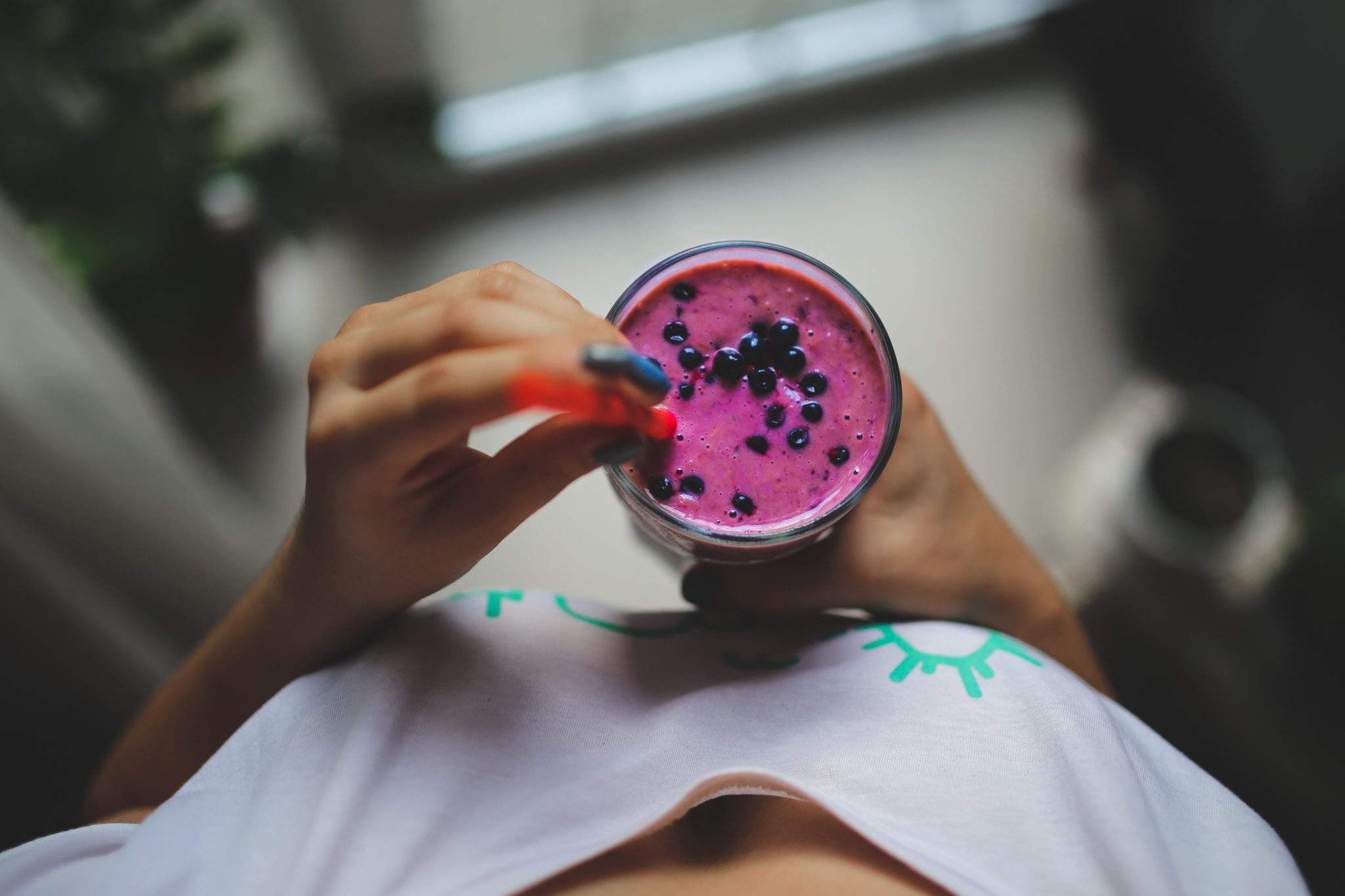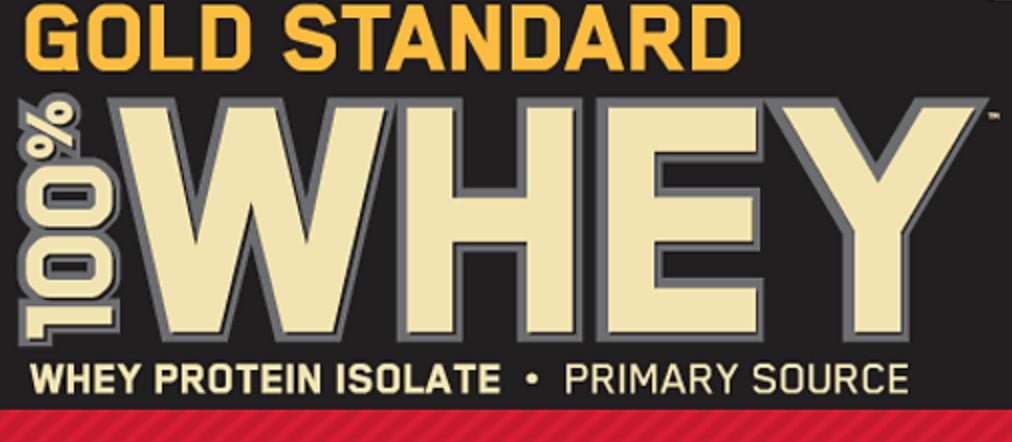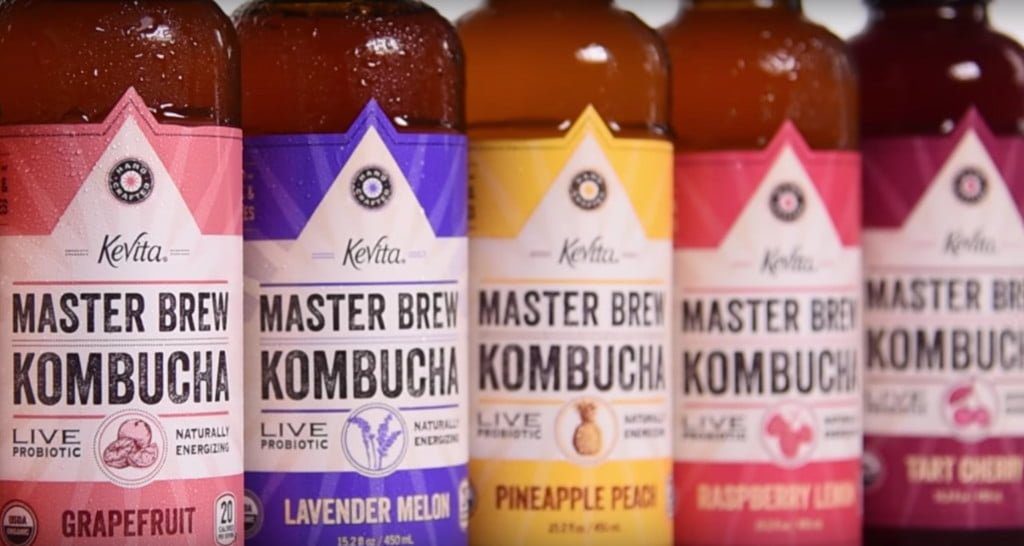Since the early days of Chipotle, there have been ways to get “extra” from this amazing restaurant with secret hacks and hidden menu items to take your usual order to the next level. Here are some must-know Chipotle secrets to try next time you hit the grill.
- Extra Meat
- Stirred Up Burrito
- Quesarito
- Burritodilla
- Extra Everything
- Less soft ingredients = tighter burrito.
- Use the app to get your order way faster.
- Vegetarian orders get free guac.
- Skip the tacos.
- Turn your burrito bowl into nachos.
Extra Meat

By asking for “half-and-half” with two different meats on your entree, you usually end up getting at least 25% more meat than if you stick to one type. Half chicken and half barbacoa is a big favorite,
Stirred Up Burrito

Once all of the ingredients have been added to your burrito, you can ask the server to mix up all the ingredients within the tortilla before rolling it up. This is nice if you prefer a consistency of flavors throughout your burrito.
Quesarito

At the quieter Chipotle locations that don’t have as much foot traffic as a New York, Los Angeles, or San Diego location, you can usually ask to server to line the tortilla with cheese before heating it up. They can then build the burrito on top of a layer of cheese which is really quite delicious.
Rumor has it that some Chipotle restaurants are now charging extra for this. It’s always worth asking if they’ll do it for free, and it’s sometimes worth paying for too.
Burritodilla

Similar to the quesarito, a burritodilla has its fillings layered between cheese. You then ask your server to fold it, flatten it a little, and cook until the tortilla is lightly browned. If the quesarito proves too messy for you, this secret Chipotle menu item is the way to go.
Extra Everything

Besides the meat and guacamole, you can literally ask your server for “more” of any ingredient that’s going into your burrito, bowl, salad, or nachos. They won’t charge extra either. This isn’t really a secret, but something that some are unaware of. You should never feel that your portions are too small at Chipotle.
Less soft ingredients = tighter burrito.

Tempting as it is to load up on the salsa and sour cream, it’s tough for employees at Chipotle to roll a burrito tightly when there are too many soft or liquid elements.
For a tighter burrito you can eat on the go, limit the salsa, sour cream, or guac—or order some on the side for dipping/pouring on yourself while you eat, instead.
Use the app to get your order way faster.

Ordering your meal via Chipotle’s mobile app means you can skip the line and pick up your food at your convenience. Chipotle also offers reward points for discounts and freebies later.
Vegetarian orders get free guac.

Guacamole usually costs extra on most Chipotle menu items, but not if you order a vegetarian item. Save some money—and calories—by going meatless now and then.
Skip the tacos.

Taco meals tend to get less meat and fillings than if you order a burrito bowl with the same ingredients, then add taco shells on the side.
Turn your burrito bowl into nachos.

Ask your server to sub the rice in your bowl for chips. Extra cheese can help hold more of the toppings together for easy dipping.
via GIPHY
As with all “secret menu items” from any chain, keep in mind there’s often a reason they aren’t on the menu. They’re usually harder to make, or time-consuming. Sometimes the upgrades are just too expensive to fit with the rest of what that restaurant has to offer.
If you use these Chipotle hacks, use them wisely—consider tipping your server for going above and beyond, and try to limit the secret menu items to times when the line isn’t snaking too long behind you.


















































